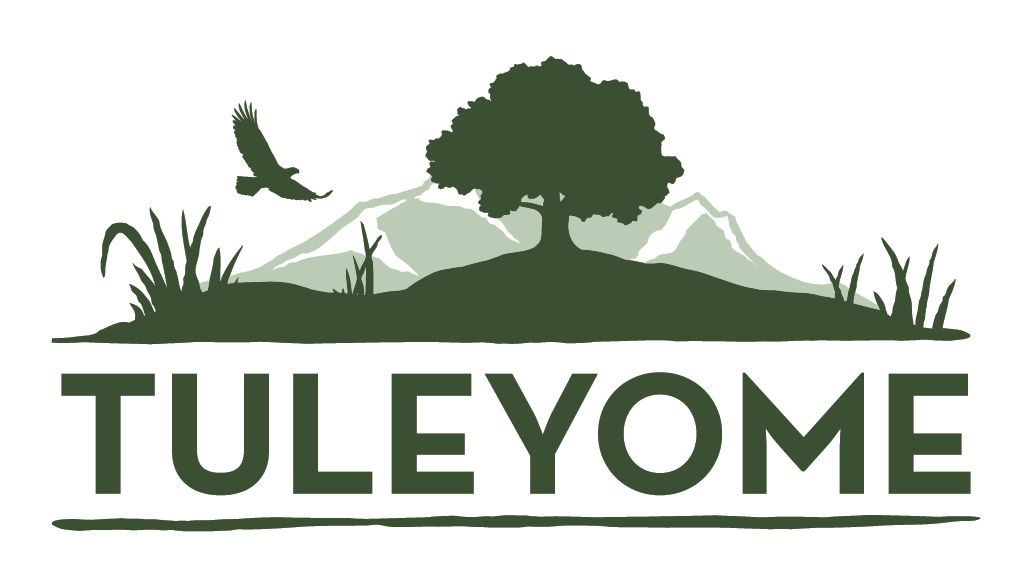Engagement and Advocacy Intern

Position Title: Engagement and Advocacy Intern
Founded in 2002, Tuleyome is a regional non-profit organization headquartered in Woodland, CA, but with footprints throughout the Berryessa Snow Mountain National Monument region. Tuleyome is a Lake Miwok Indian word that means “deep home place” representing our organization’s deep connection to our environment, our communities and our regional lands. Tuleyome’s mission is to provide advocacy and active stewardship to conserve, enhance, restore and enjoy lands in the Inner Coastal Range region. Working with partners we have protected vast expanses of public lands from the nearly 340,000 acres of Berryessa Snow Mountain National Monument, the 31 miles of Cache Creek State Wild and Scenic River and the 160-acre Woodland Regional Park Preserve. We are also neighbors, holding title to nearly 3,000 acres, plus an additional 1,200 acres in conservation easements and 640 acres in Williamson Act easements. All of these combine to protect key ecological parcels and enhance access to public lands across the region. Our active leadership in the Northern Inner Coastal Range helps protect, restore, access and educate resulting in a growing community that is also inspired to protect, restore and enjoy the natural landscape.
Position Objectives
Tuleyome is seeking an energetic and dynamic intern to develop and execute Tuleyome’s digital media strategies. The position will work collaboratively with the entire Tuleyome team.
Responsibilities will include:
- Engagement with Tuleyome’s social media platforms, posting engaging content daily
- Updating social media calendar/plan to connect with diverse audiences
- Participate in Tuleyome’s campaign to protect Molok Luyuk (Condor or Walker Ridge) and support the Berryessa Snow Mountain National Monument Act, H.R. 6366
- Monitor social media trends, tools and applications
- Monitor social media platform/usage reports and performance analysis metrics to optimize effectiveness of content
- Deliver paid media campaigns to increase traffic, participation and brand awareness
- Stay up to date on news relevant to Tuleyome’s mission and region
- Contribute content to our newsletter
Qualifications of a Successful Candidate
The ideal candidate will have experience in various social media platforms, WordPress, Canva Pro and graphic design. Exceptional writing and communication skills are necessary to attract, engage and expand our audience. Having a strong connection to the Inner Coastal Range Region, a desire to preserve, protect and broaden public access as well as a robust interest in outdoor recreation is highly desired but not necessary. Fluency in Spanish is a plus.
Hours and Salary Range
This is a 10 – 15 hour per week unpaid internship. Employment possible at the end of a successful internship.
To Apply
Send a cover letter and resume to information@tuleyome.org. No phone calls please, Tuleyome will review resumes on an ongoing basis. The position will remain open until filled.
Tuleyome is an equal opportunity employer and does not discriminate on the basis of race, color, age, ethnicity, religion, national origin, pregnancy, sexual orientation, gender identity, genetic information, sex, marital status, disability or status as a U.S. Veteran.
This job description reflects the assignment of essential functions; it does not prescribe or restrict the tasks that may be assigned.
PDF of job description is available for download HERE.
RECENT ARTICLES






